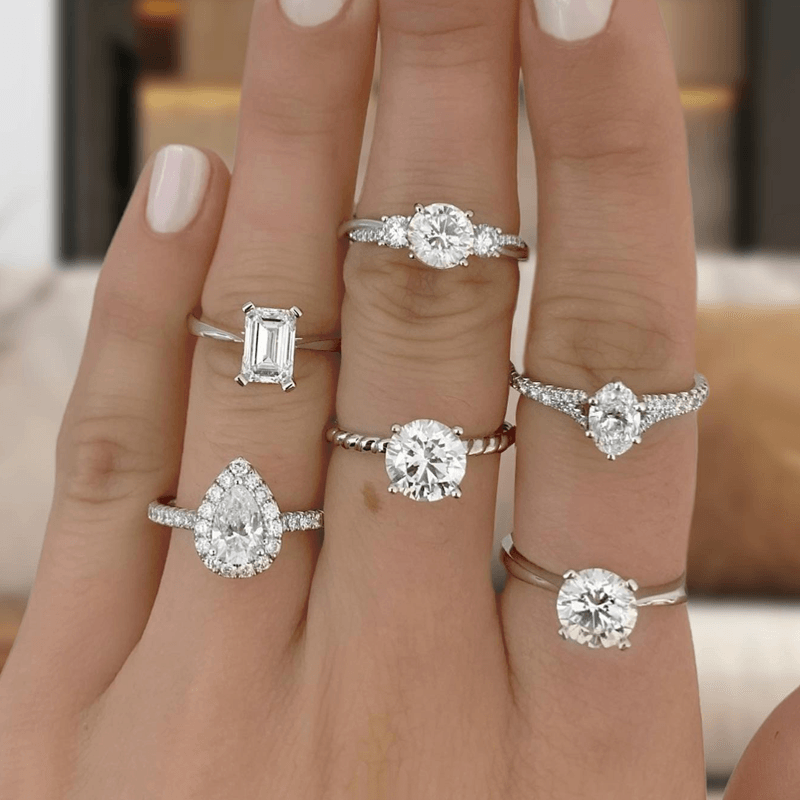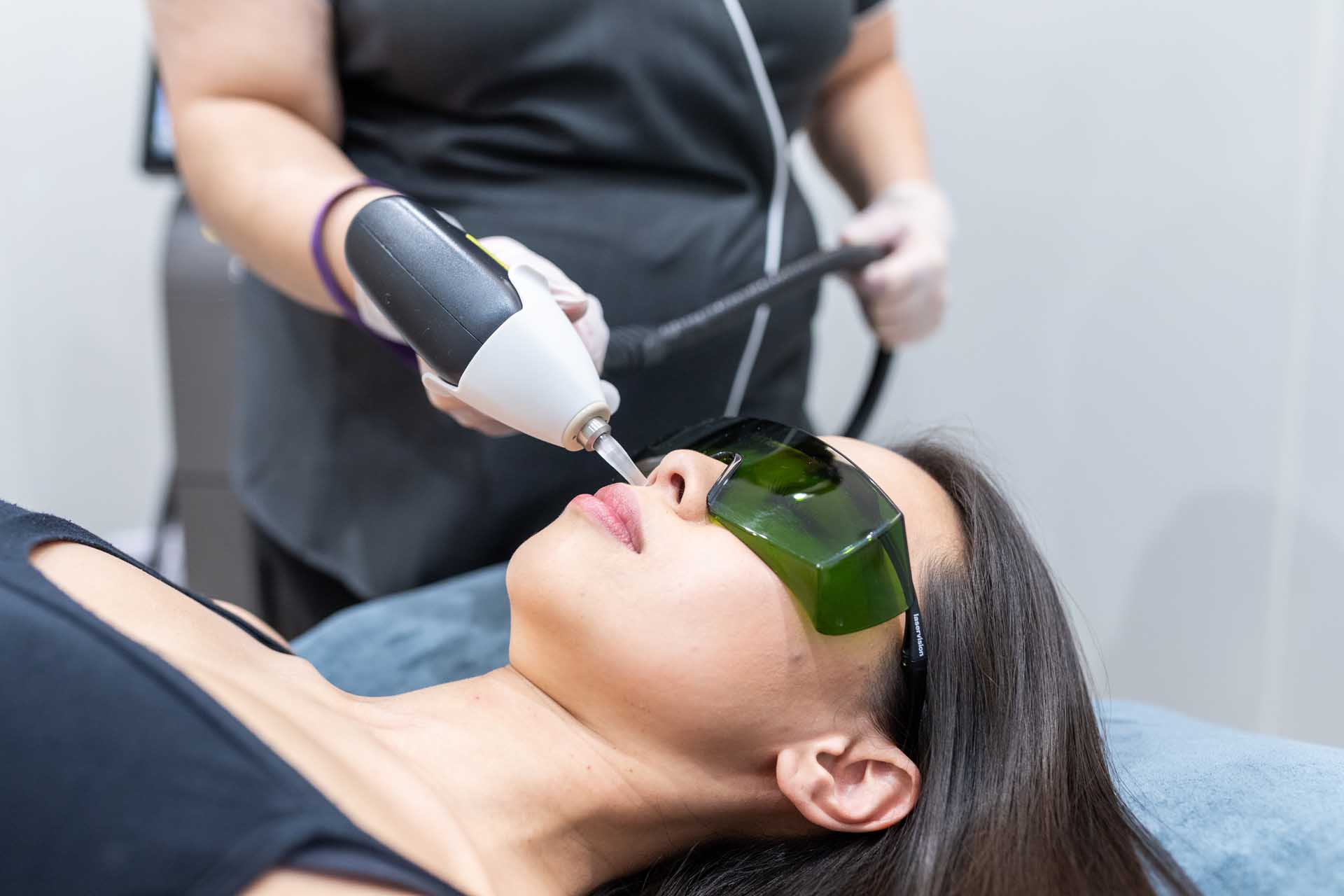When exploring the world of diamonds, one term that frequently comes up is “cut.” It’s essential to differentiate this from the diamond’s shape and understand why it plays such a critical role in a diamond’s overall appearance, especially for lab-grown diamonds. This article will break down what what does diamond cut mean and why it’s significant for lab-grown diamonds.
What is Diamond Cut?
The “cut” of a diamond refers to how the diamond has been shaped and faceted. It’s not about the diamond’s geometric shape, such as round or princess, but rather how the facets are arranged to maximize the diamond’s brilliance. This process affects the diamond’s ability to reflect light and produce its signature sparkle.
Importance of Diamond Cut
Among the Four Cs of diamonds—Cut, Color, Clarity, and Carat Weight—the cut is the only attribute that is influenced by human skill. Unlike color, clarity, and carat weight, which are natural properties, the cut reflects the craftsmanship of the diamond cutter. A well-cut diamond will exhibit exceptional sparkle and visual appeal, making it more desirable and valuable.
Grading Diamond Cut
Diamonds are graded on the quality of their cut using a scale that ranges from Excellent to Poor. This grading system evaluates several factors, including:
Proportions: The diamond’s various dimensions, such as the table size and depth, as well as the angles of the facets.
Symmetry: How evenly the facets are aligned, which affects the light performance.
Polish: The smoothness of the diamond’s surface, impacting light reflection and overall shine.
Lab-Grown Diamonds and Their Cut
Lab-grown diamonds, created in controlled environments using advanced technology, share the same physical and chemical properties as natural diamonds. Consequently, their cut is assessed using the same criteria as natural diamonds. The technology used in crafting lab-grown diamonds ensures that they can achieve high standards of cut quality.
Craftsmanship in Lab-Grown Diamonds
The creation of lab-grown diamonds involves sophisticated technology and precise cutting techniques. Advanced machinery, including lasers, allows for exact cuts, enhancing the diamond’s brilliance. The expertise involved in cutting lab-grown diamonds mirrors that of natural diamonds, ensuring they possess exceptional visual appeal and quality.
Factors Influencing the Cut of Lab-Grown Diamonds
Several factors influence the cut of lab-grown diamonds. The technology used in cutting provides precision, while design choices impact how light interacts with the diamond. Quality control measures are rigorous, ensuring that lab-grown diamonds meet high standards for cut, symmetry, and polish.
Why Cut Matters for Lab-Grown Diamonds
The cut of a diamond, whether lab-grown or natural, is crucial to its overall beauty and value. A well-cut lab-grown diamond will exhibit remarkable sparkle and visual appeal. Buyers should consider the cut grade when selecting lab-grown diamonds, as it directly affects the stone’s appearance and how it compares to natural diamonds.
Conclusion
In summary, the cut of a diamond—whether natural or lab-grown—is a vital aspect of its aesthetic and value. It determines how light interacts with the diamond, affecting its brilliance and visual appeal. For lab grown diamonds, the cut is evaluated with the same meticulous standards as natural diamonds, ensuring they offer exceptional quality. Understanding the significance of diamond cut helps buyers make informed choices and appreciate the craftsmanship behind these stunning gemstones.













